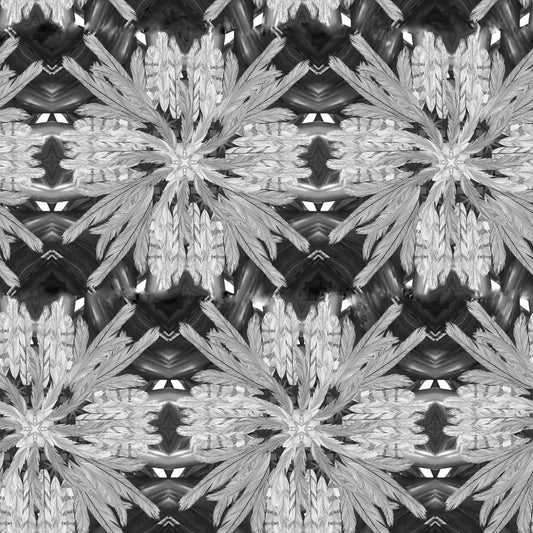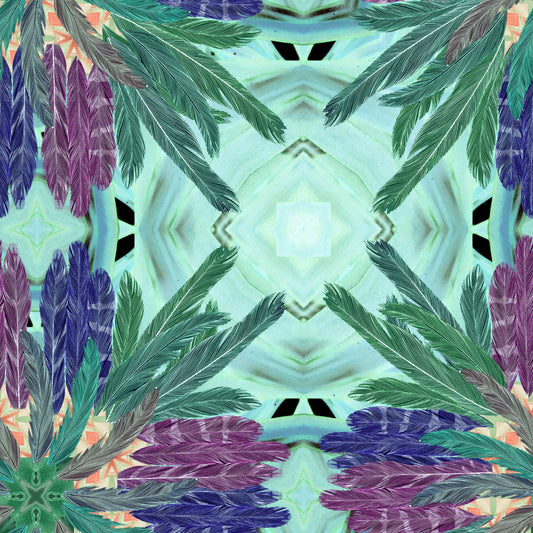Unravelling the Origins: A Journey through the History of Fabric Printing
Fabric printing, an art form that has adorned textiles with intricate designs for centuries, has a rich history that dates back to ancient times. The evolution of fabric printing has seen remarkable innovations, shaping cultures, industries, and fashion trends across the globe. In this exploration, we delve into the origins of fabric printing, tracing its fascinating journey through the annals of time.
Origins of Fabric Printing:
The roots of fabric printing can be traced back to ancient civilizations such as Egypt, China, and India. Each of these cultures developed their own techniques for transferring patterns onto fabrics, laying the foundation for the diverse array of printing methods we see today.
Egypt:
In ancient Egypt, fabric printing was a highly sophisticated art form practiced by skilled artisans. Archaeological discoveries, such as fragments of printed linen dating back to around 3000 BCE, provide evidence of early printing techniques employed by the Egyptians. These ancient craftsmen utilized techniques such as block printing, where wooden blocks carved with intricate designs were dipped in dye and stamped onto fabric, creating repetitive patterns.
China:
The history of fabric printing in China can be traced back to the Han Dynasty (206 BCE – 220 CE). Chinese artisans developed innovative printing methods, including woodblock printing and silk screen printing, which allowed for the creation of intricate designs on silk fabrics. The advent of silk screen printing revolutionized the textile industry, enabling mass production of patterned fabrics.
India:
In India, the art of fabric printing has been practised for over 4,000 years, with evidence of early printing techniques dating back to the Indus Valley Civilization. Indian artisans mastered the art of block printing, utilising hand-carved wooden blocks to imprint intricate designs onto fabrics such as cotton and silk. This traditional method, known as Dabu or Batik printing, continues to be practised in various regions of India to this day.
Medieval Europe:
During the Middle Ages, fabric printing flourished in medieval Europe, particularly in regions such as Italy and France. Artisans developed new printing techniques, including copperplate engraving and roller printing, which allowed for more detailed and precise designs to be transferred onto fabrics. The Renaissance period saw an explosion of creativity in fabric printing, with artists and designers incorporating intricate patterns and motifs inspired by nature, mythology, and cultural symbols.
Industrial Revolution:
The Industrial Revolution of the 18th and 19th centuries brought about significant advancements in fabric printing technology. The invention of the steam-powered rotary printing press by Thomas Bell in 1783 revolutionized the textile industry, enabling faster and more efficient production of printed fabrics on a mass scale. This mechanized printing process laid the groundwork for modern textile manufacturing and paved the way for the emergence of printed fashion trends.
Contemporary Fabric Printing:
In the modern era, fabric printing has evolved into a dynamic and versatile art form, with a wide range of printing techniques and technologies available to designers and manufacturers. Digital printing technologies, such as inkjet and dye-sublimation printing, have streamlined the printing process, allowing for unlimited colour options and intricate designs to be printed directly onto fabrics with precision and accuracy.
Conclusion:
The history of fabric printing is a testament to the ingenuity and creativity of human civilisations throughout the ages. From the ancient civilizations of Egypt, China, and India to the technological advancements of the Industrial Revolution and beyond, fabric printing has continuously evolved, leaving an indelible mark on cultures, industries, and fashion trends worldwide. As we continue to push the boundaries of innovation in textile printing, we honour the legacy of those who paved the way for this timeless art form.












